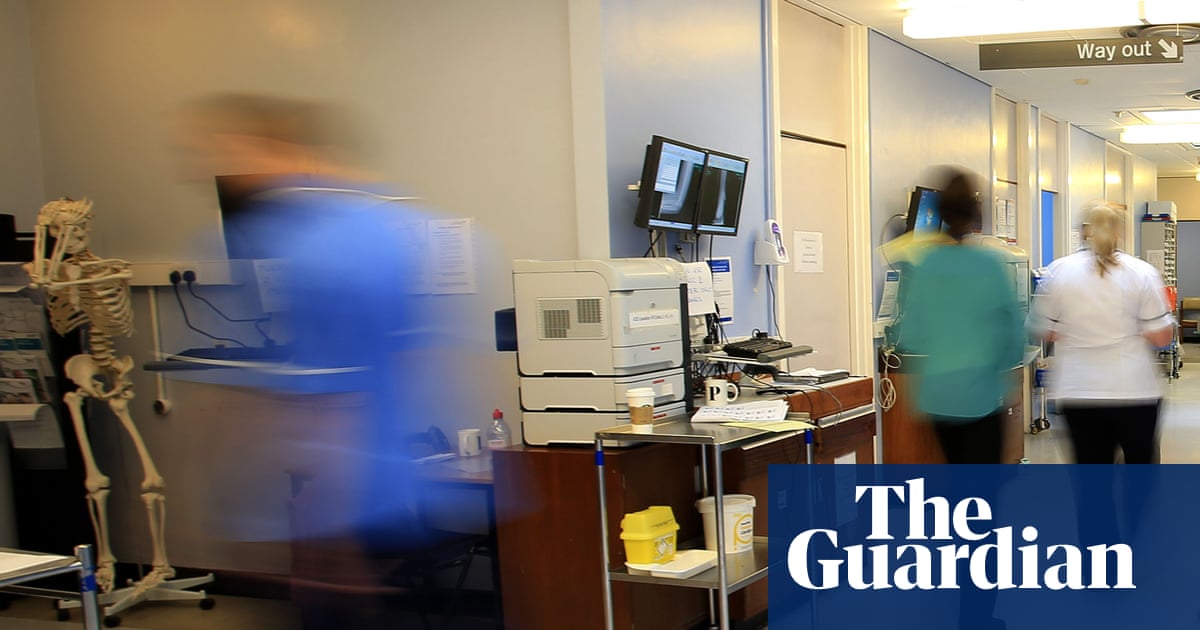The Criminal Cases Review Commission has refused to refer the case of Jeremy Bamber, who was convicted of murdering five members of his family in 1985, back to the court of appeal.
The CCRC, whose chair Helen Pitcher resigned in January and whose chief executive resigned this week after successive justice secretaries declared the miscarriage of justice review body unfit for purpose, has spent four years examining just four of the 10 grounds Bamber’s lawyers identified as undermining the safety of his conviction. It will continue to examine the other six.
In its provisional statement of reasons, the CCRC said the four grounds did not reach the threshold for a referral to the court of appeal. Bamber has a right to challenge the provisional decision, and his legal team says it will judicially review the decision.
The White House Farm murders, which occurred in August 1985 in Essex, is one of the most infamous and controversial criminal cases of the 20th century. Bamber’s parents, Nevill and June, his sister, Sheila Caffell, and her six-year-old twin sons Daniel and Nicholas were killed. Initially, the police concluded that Caffell, who had recently been hospitalised with paranoid schizophrenia, had had killed the family with one of her father’s guns.
But in 1986, Bamber, then aged 24, was convicted of the murders. There was no direct evidence linking him to the killings.
The conviction relied on complex forensic arguments about the possible use of a silencer (which the prosecution argued, if used, would have made the rifle too long for Caffell to kill herself with), and Bamber’s former girlfriend Julie Mugford changing her initial statement to the police to say that he had told her beforehand that he was planning to kill the family, and that he had hired a hitman. When the hitman she named proved to have an alibi, Mugford again changed her story to say it was Bamber who had murdered his family.
The four issues the CCRC examined concerned the existence of a second silencer, which Bamber’s team suggested undermined the significance of the supposed single firearm moderator that proved so significant at his trial; a phone call allegedly made by his father to Essex police saying Caffell had gone “berserk” with a gun; the integrity of the crime scene, which had been compromised by Essex police; and a 999 call that police records, discovered before Bamber’s 2002 appeal, said had been made from within White House Farm at 6.09am on the morning of the murders.
Last year, the New Yorker magazine published a 17,000-word investigation by the journalist Heidi Blake examining whether Bamber had been wrongfully convicted. She interviewed surviving police officers, including Nicholas Milbank, who had previously been monitoring the open line into White House Farm on the morning of the shootings. Milbank told Blake that a 999 call had come in at 6.09am from inside the farm (by which time Bamber had been stood outside with police for more than two hours), and that he had heard human activity.
According to Milbank, it was an emergency call on an exchange line, meaning that someone had dialled 999, rather than using the open line. He also denied any knowledge of a statement made in his name to a 2002 inquiry, known as Operation Stokenchurch, saying he had monitored the open line but heard nothing until the police entered. This 2002 statement, that was typed, and unsigned, had been used by Essex police to prevent the issue of the 999 call being raised at the 2002 appeal.
Bamber’s submission to the CCRC said Milbank’s comments to the New Yorker indicated that his 2002 witness statement was fabricated by Essex police to conceal the fact that a 999 call had been made at 06:09am on 07 August 1985 by someone within the farmhouse.
However, in its provisional statement of reasons, the CCRC said that subsequent to publication of the Blake article, Milbank provided a statement, dated 10 October 2024, saying: “I have never to my knowledge spoken to the New Yorker” and that he did not know he had been talking to a journalist. Milbank, who was still an officer with Essex police at the time, has died since making the statement.
The Jeremy Bamber Campaign has expressed its anger that the CCRC approached the Essex force rather than go directly to Blake or Milbank. “Unbelievably, the CCRC just accepted this revisionist account, and endorsed the view that Ms Blake, and the New Yorker, had obtained this material under false pretences, and it was, consequently, not worth considering,” it said.
The New Yorker has issued a statement saying: “Heidi Blake’s piece was meticulously reported and scrupulously fact checked. The New Yorker stands by the story.”
This is the third time the CCRC has reviewed Bamber’s case. In 2002, his case was sent back to the appeal court on DNA evidence. A panel of three judges rejected the appeal. In 2011, the CCRC refused to refer the case again, stating that the evidence did not raise a real possibility that the court would find his convictions unsafe.
The CCRC has been criticised for the percentage of submissions it refers back to the appeal court (currently about 2%); its failure to investigate cases; the time it takes to deal with submissions; its work from home policy; and for not having the legal minimum number of commissioners.

 2 months ago
33
2 months ago
33

















































